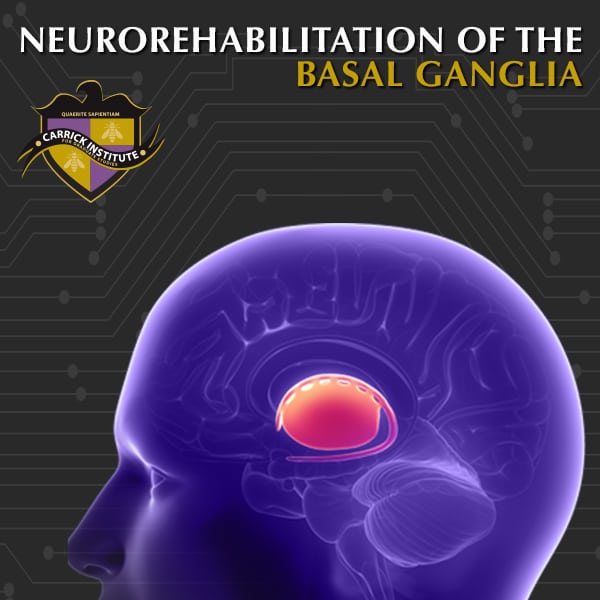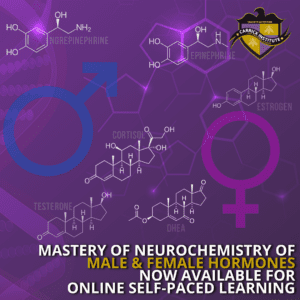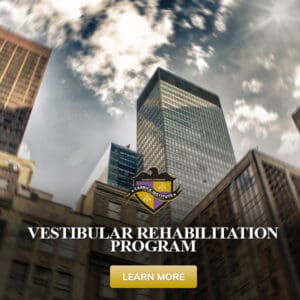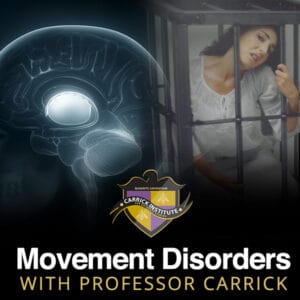- Evolution of basal ganglionic development
- How to clinically assess the basal ganglia
- 3 groups of descending motor pathways
- Medial vs lateral motor systems
- 8 ways the basal ganglia contributes to movement
- Role of the basal ganglia in control of posture and locomotion
- Basal ganglia and its relationship to eye movements
- Neurotransmitters and their interaction with the basal ganglia
- The 3 pathways in the basal ganglia (direct, indirect, and hyperdirect) and their relevance towards rehabilitation
- Understanding the phasic input and tonic output concept of the basal ganglia
- Having the ability to link movement disorders to basal ganglionic structures
- Single vs complex joint movement on basal ganglionic activity
- The context-dependent role of the basal ganglia
- Understanding 4 basal ganglia syndromes that cause behavioral problems
- The relationship between the basal ganglia and drug addiction
- The basal ganglia’s relationship with the limbic system
- Role of the basal ganglia on habit learning and memory
- Deep brain stimulation as an emerging tool for movement disorders and implications towards neurorehabilitation
- Understanding the pathophysiology of Parkinson’s disease, multiple system atrophy, progressive supranuclear palsy, corticobasal degeneration, essential tremor, task-specific tremor, Huntington’s disease, Tourette’s syndrome, myoclonic disorders, and dystonia.
Save $100 Off!
Any individual, online, self-paced learning module in the Clinical Neuroscience program.
Use code CARRICK20 to save!






